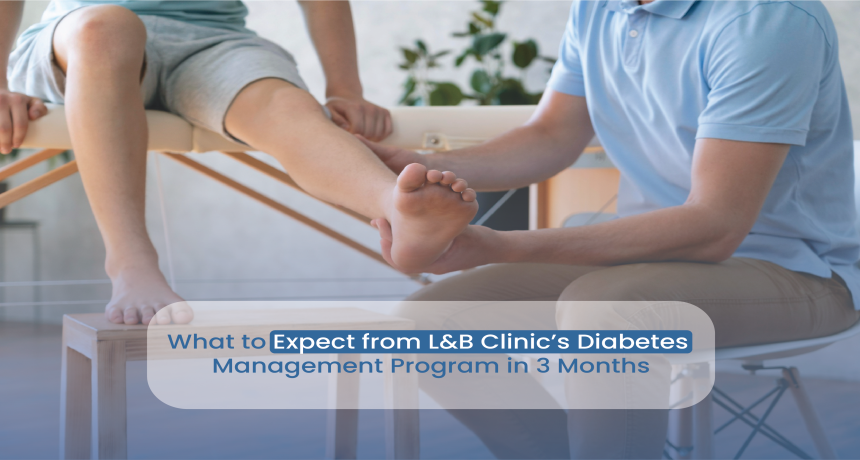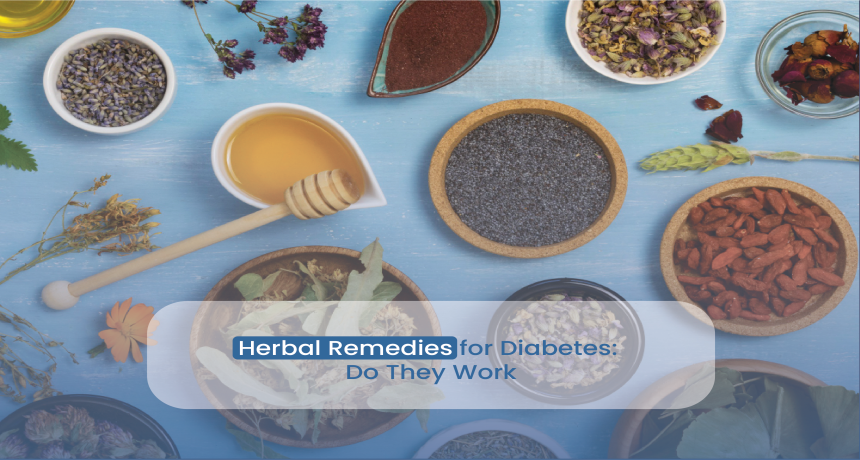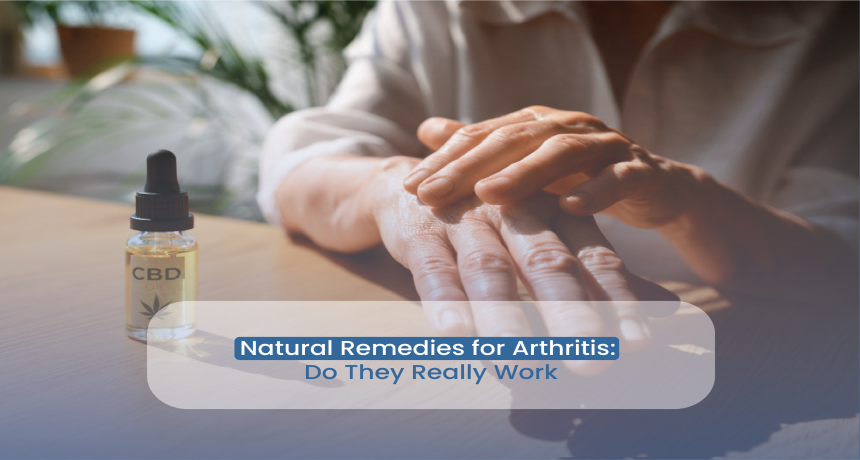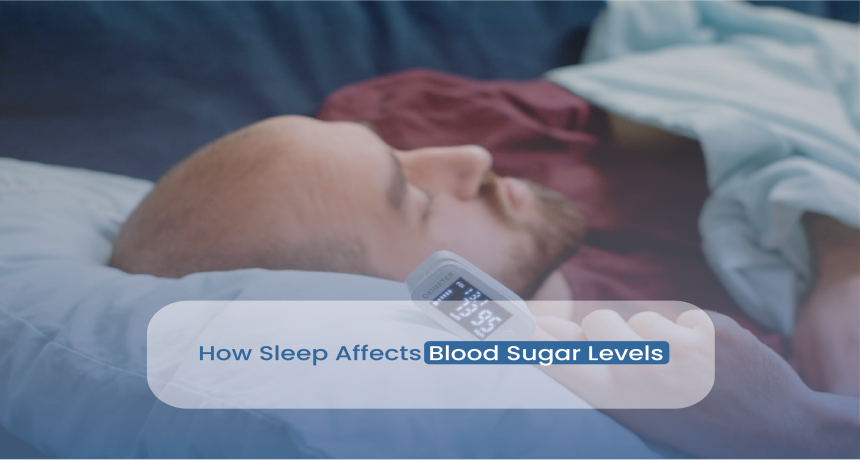Understanding the Different Types of Arthritis: Symptoms, Diagnosis, and Holistic Management
2025-05-09 Arthritis is not a singular disease but a group of over 100 conditions that cause inflammation in the joints and surrounding tissues. While it is often associated with aging, arthritis can affect individuals as early as their 20s or 30s and is increasingly common among working-age adults in India. According to the Indian Journal of Rheumatology (2021), approximately 15% of Indians over the age of 30 show signs of osteoarthritis, and 1 in 5 rheumatoid arthritis patients in India are under the age of 40. At L&B Clinic, arthritis is approached not only as a musculoskeletal disorder but as a systemic inflammatory condition. Our management strategies combine conventional medical screening with evidence-based lifestyle therapies, personalized movement plans, and anti-inflammatory nutritional protocols tailored to each individual. Cause: Degeneration of articular cartilage due to mechanical stress, aging, or joint injury. Symptoms: Joint stiffness after inactivity Pain aggravated by movement Crepitus (crackling sound) Reduced range of motion Epidemiology (India): Common in women post-menopause Increasing prevalence in urban adults due to sedentary lifestyles and obesity According to a study by CORT India (2019), over 30 million Indians live with symptomatic OA Cause: Autoimmune condition where the immune system attacks the synovium, leading to chronic joint inflammation. Symptoms: Morning stiffness lasting over 1 hour Symmetrical joint swelling Fatigue, low-grade fever Joint deformities in advanced stages Diagnosis: Rheumatoid factor (RF), Anti-CCP antibodies ESR and CRP levels as inflammatory markers Prevalence: Affects 0.75% of the Indian population (AIIMS Rheumatology Registry, 2020) Cause: Inflammatory arthritis linked to psoriasis, an autoimmune skin condition. Symptoms: Joint pain with visible skin lesions Dactylitis (sausage-like fingers/toes) Nail pitting Spinal stiffness Epidemiology: Seen in 20–30% of patients with psoriasis Underdiagnosed in India due to lack of dermatology-rheumatology integration Cause: Elevated uric acid levels (hyperuricemia) leading to crystal deposition in joints. Symptoms: Sudden, severe joint pain (often big toe) Redness and warmth in affected joint Often triggered by alcohol, high-purine diet Diagnosis: Serum uric acid levels Joint fluid analysis (in select cases) Indian Context: Gout prevalence is rising due to changing dietary habits and increasing metabolic syndrome More common in men aged 40–60 Cause: Chronic inflammation affecting the axial skeleton, particularly the sacroiliac joints and spine. Symptoms: Chronic lower back pain and stiffness Pain improves with movement, not rest Progression can lead to fusion of spinal vertebrae Diagnosis: HLA-B27 genetic marker X-rays and MRI of the sacroiliac joints Inflammatory markers (ESR, CRP) Epidemiology: Predominantly affects men between 15–40 years Underdiagnosed in India due to overlap with mechanical back pain L&B Clinic’s arthritis evaluation includes: L&B Clinic emphasizes a holistic, non-pharmaceutical-first approach while ensuring patients receive appropriate conventional care when necessary. Comprehensive Assessment Symptom mapping, joint mobility tests, inflammation screening, lifestyle analysis. Inflammation Reduction via Lifestyle Tailored anti-inflammatory diet plan. Stress-reduction protocols (e.g., breathwork, progressive muscle relaxation). Personalized Movement Prescription Low-impact exercises like yoga, swimming, or resistance bands to maintain joint mobility and muscle strength. Physiotherapy-based joint protection strategies. Therapeutic Nutrition Incorporating foods rich in omega-3s, magnesium, and antioxidants. Avoiding processed foods, sugar, and pro-inflammatory oils. Monitoring and Adaptation Regular symptom journaling. Re-evaluation every 6–8 weeks using symptom scores and inflammatory markers. “In many arthritis patients, pain management alone becomes the focus. But at L&B, we look at the complete picture — joint function, inflammatory state, sleep, stress, and nutritional patterns. True healing starts when all systems are brought into alignment, not just the joints.” FAQs On Different Types of Arthritis While structural changes are not reversible, inflammation and pain can be reduced significantly with the right interventions. Yes. Conditions like rheumatoid arthritis and ankylosing spondylitis often begin in the 20s or 30s. In some cases, yes. However, with an integrative approach, many patients are able to reduce dosage or frequency under supervision. Osteoarthritis is mechanical (wear and tear), while RA is autoimmune and systemic. Yes — when prescribed appropriately. Movement improves joint lubrication and muscle strength, reducing pain over time.
Arthritis is not a uniform condition — and neither should be its treatment. Whether you’re dealing with early joint stiffness or long-term inflammation, identifying the type of arthritis, understanding its root causes, and receiving personalized, integrative care is key to long-term relief. At L&B Clinic, we combine clinical diagnostics with holistic healing strategies — empowering you to manage pain, regain mobility, and slow disease progression. Book your arthritis treatment in Delhi today and explore a more comprehensive path to joint wellness. References Indian Journal of Rheumatology (2021). Osteoarthritis prevalence trends in urban Indian population. AIIMS Rheumatology Registry (2020). Epidemiology of Rheumatoid Arthritis in India. Mayo Clinic. (2023). Types of Arthritis and Treatment Approaches. Cochrane Database of Systematic Reviews (2020). Exercise for Ankylosing Spondylitis. National Centre for Disease Informatics and Research, India (NCDIR). (2019). Rheumatic Disease Burden in India.Major Types of Arthritis
1. Osteoarthritis (OA)
2. Rheumatoid Arthritis (RA)
3. Psoriatic Arthritis (PsA)
4. Gout
5. Ankylosing Spondylitis (AS)
Diagnostic Biomarkers and Imaging in Arthritis
L&B Clinic’s Integrative Arthritis Management Approach
Step-by-Step Framework:
Dr. Deepika Krishna’s Clinical Insight
1. Is arthritis reversible?
2. Can arthritis affect young adults?
3. Do I need lifelong medication?
4. How is osteoarthritis different from rheumatoid arthritis?
5. Is exercise safe for arthritis patients?
Conclusion
Medically Reviewed by: Dr. Deepika Krishna, Founder, L&B Clinic
.png)















